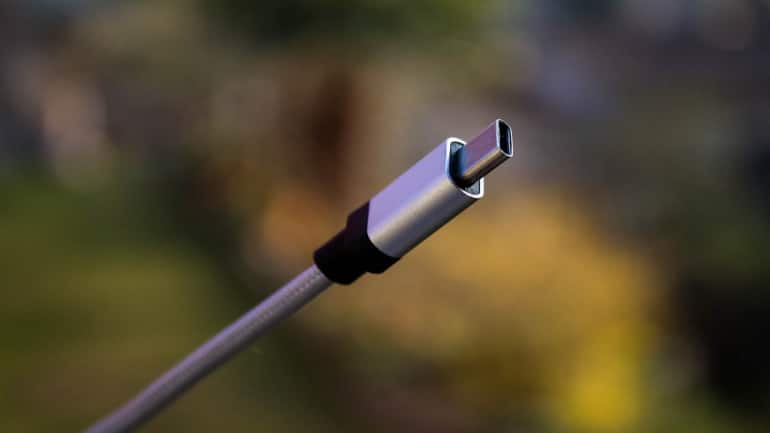Panda
Forerunner
The common charger directive will kick in three months after the EU for smartphones. Laptop makers have up to 2026 to comply.

India makes USB Type-C charging mandatory for device makers from March 2025
The common charger directive will kick in three months after the EU for smartphones. Laptop makers have up to 2026 to comply



